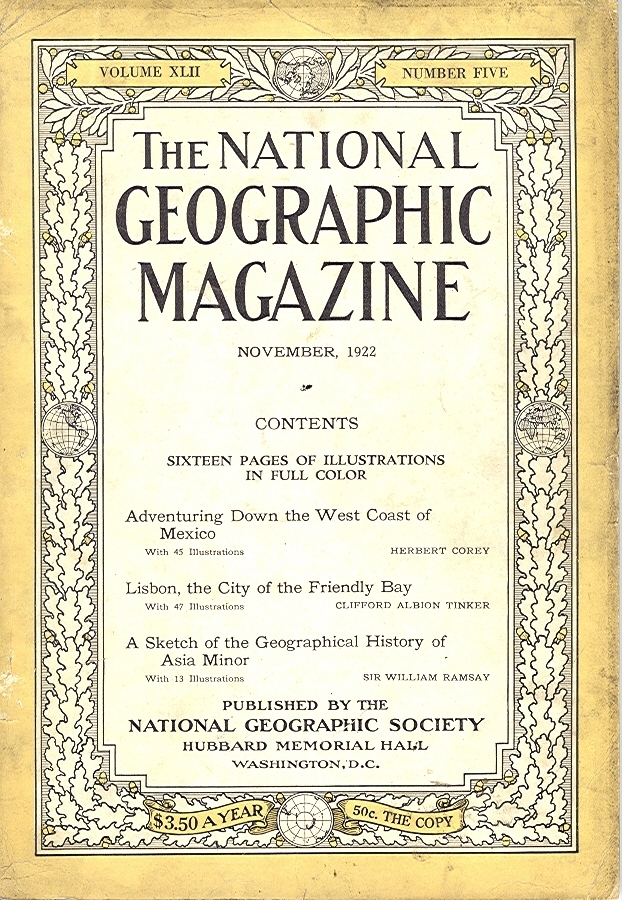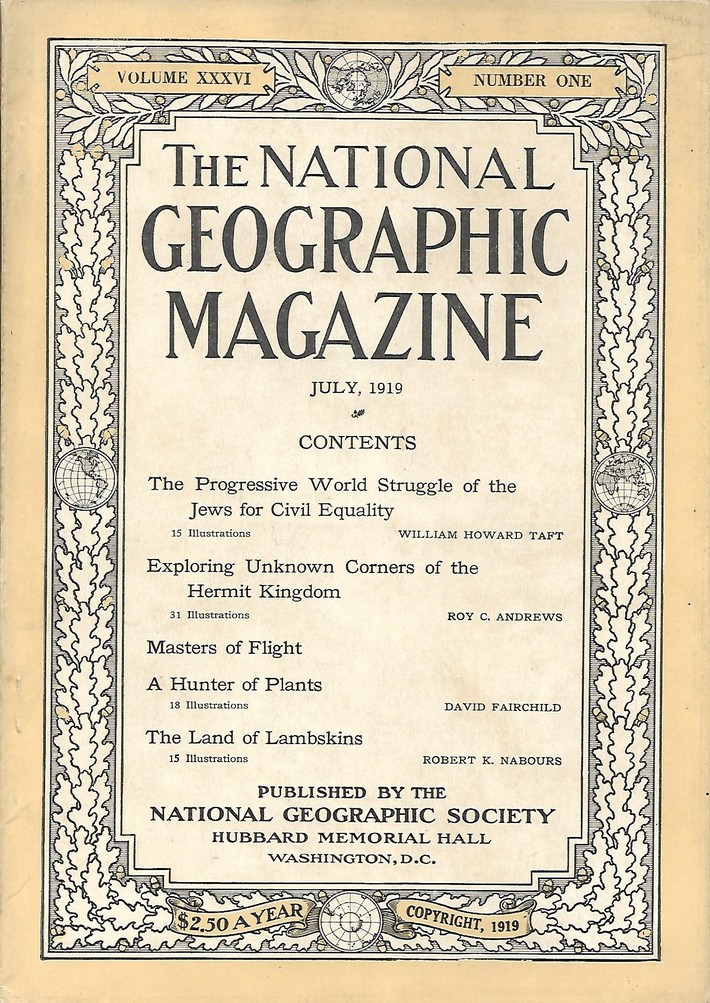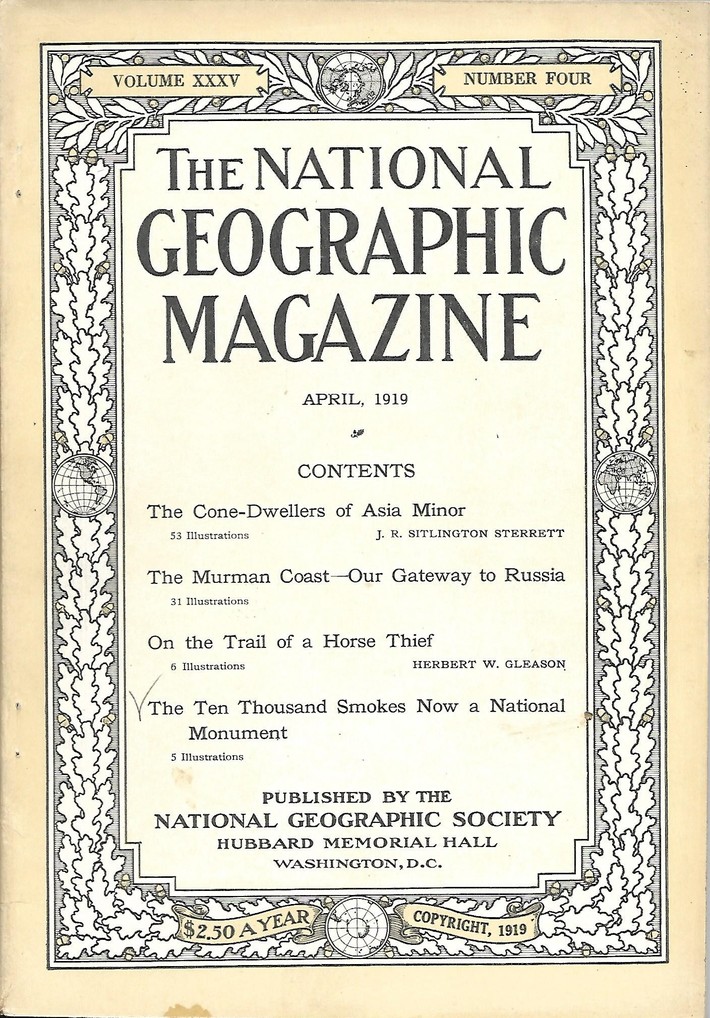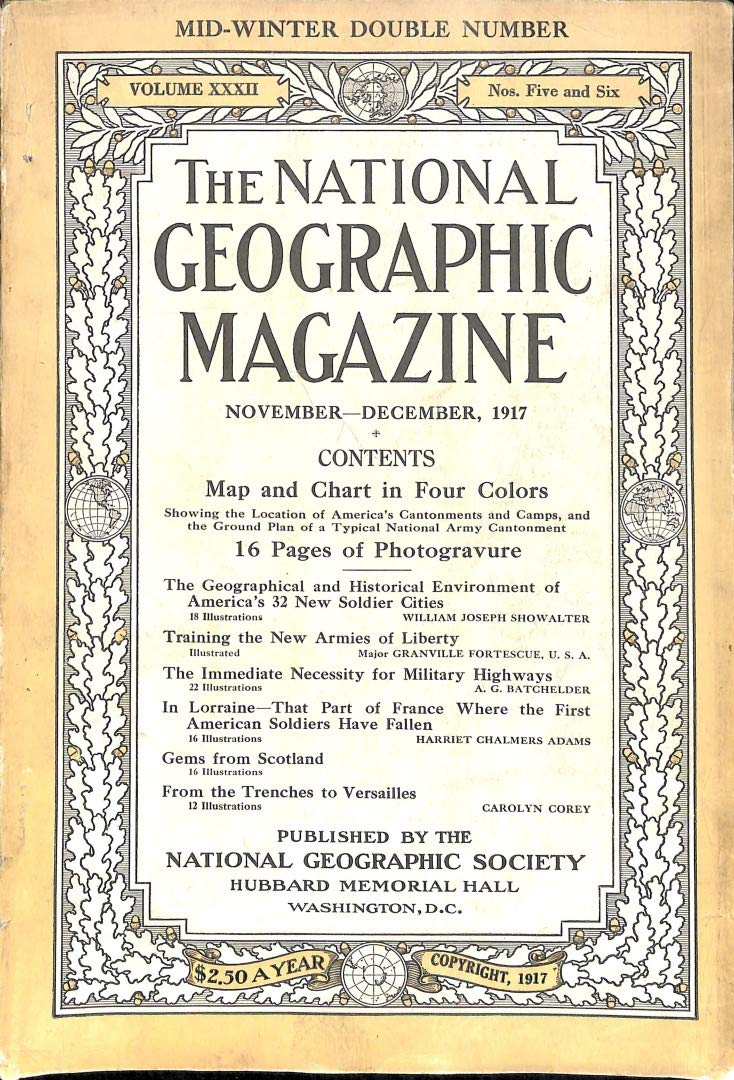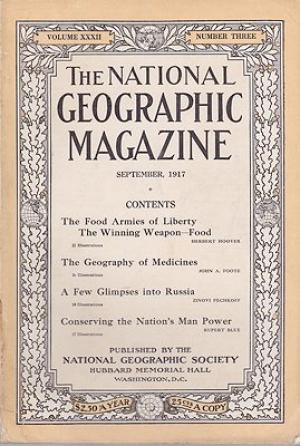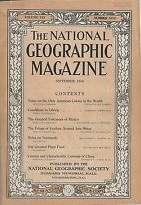No products in the cart.
National Geographic November 1922
March 30, 2012
0
Adventuring Down the West Coast of Mexico
Largely cut off from the rest of Mexico by the Sierra Madre, this 2, 000- mile- long swath of coast suffers from a stagnant ecnomy and severe poverty, yet the waters are a paradise for fishermen, the mountains still hold gold and silver, and, with water,
A Sketch of the Geographical History of Asia Minor
Home to its own ancient civilizations and colonized by Greece and Rome, Asia Minor was once one of the wealthiest parts of the Mediterranean world. A battleground for later invaders, the Anatolian Peninsula was ravaged by centuries of war, which extended
Lisbon, the City of the Friendly Bay
Viewed from its superb harbor, Portugal’s 2, 000- year- old capital shines like a field of undulating marble, its 11 hills crowned with palaces and battlements. The rich heritage of this beautiful city is reflected in the hospitality of its people.
